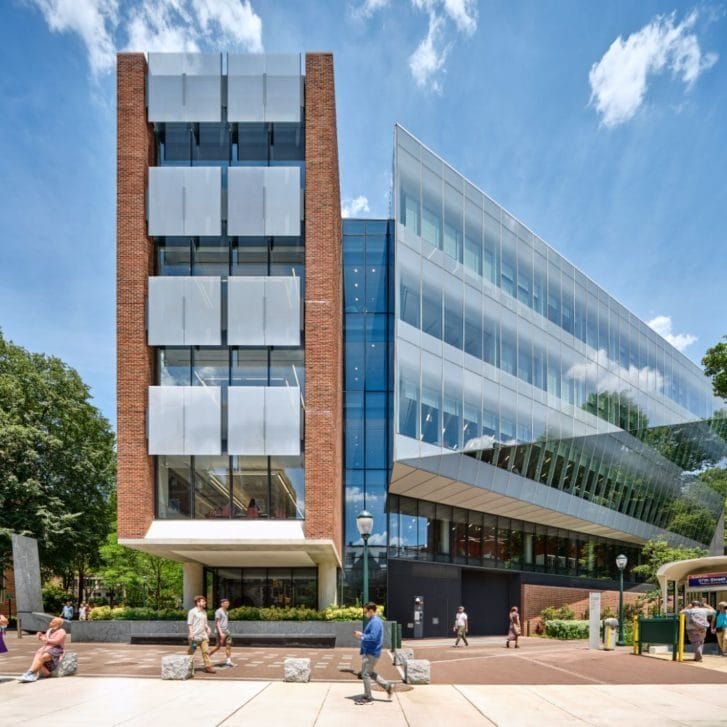Remember when talking to computers seemed bizarre? That quaint “Hey Siri” moment feels like ancient history, as AI-powered tools have ushered in an era where anyone with an idea can build an actual, working application through conversation. The power to create software has shifted from those who know programming languages to those who can clearly articulate what they want to build.
The real revolution isn’t in AI businesses or AI solutions — it’s in the radical democratization of creation itself. Maybe you need a specialized tool to manage your community theater’s prop inventory, or you’ve dreamed up a new way for urban farmers to track plant growth cycles. Instead of waiting for someone else to build it or learning to code yourself, you can simply describe your vision and watch it materialize.
Andrej Karpathy — a founding member at OpenAI who is now the founder and CEO of Eureka Labs — dubbed this “vibe coding,” and while the name might make us smirk, it captures something profound about this shift. The technical barriers have crumbled, but not in the way we once imagined. While traditional wisdom pushed everyone to learn Python or JavaScript, it turns out we were solving the wrong problem. The real skill isn’t memorizing syntax or mastering the latest framework — it’s understanding how to guide these AI systems toward your vision and, more importantly, how to get them back on track when they veer off course.
Think of it as becoming a technical director rather than a hands-on carpenter. Instead of building every feature from scratch, you’re orchestrating the creation process, spotting when something’s off, and knowing how to fix it. For example, imagine you’re building an e-commerce app and you simply say to your computer, “The shopping cart total isn’t calculating correctly when multiple items are added.” The AI then analyzes the code and suggests a fix. The focus shifts from implementation details to the essence of what you’re building and why it matters.
The implications are profound. That niche tool you built for your own needs? Others might find it valuable, too. The app you created to solve your specific problem could become a business in itself. We’re entering an era in which the best solutions will emerge not from massive tech companies, but from individuals who deeply understand specific problems and can now create their own solutions.
That adage about choosing speed, quality, or cost? It’s becoming obsolete. AI-assisted development delivers all three — rapid creation, professional-grade results, and minimal resource investment. The trade-offs that once forced creators to compromise are dissolving, replaced by a new paradigm where excellence doesn’t require excessive time or money.
The limiting factor is no longer technical expertise — it’s imagination and problem-solving ability. The tools are ready, waiting for people who can spot what’s wrong and guide AI toward what’s right.
For those of us watching this evolution, the excitement lies in seeing what people will build when technical constraints disappear. As the barriers between imagination and implementation continue to erode, we’re approaching a time when building software is as natural as describing your dream to a friend. The future belongs to the problem-solvers and dreamers — those who can see what’s missing in the world and now have the power to create it.
Ready to explore this new world of creation? Tools like Cursor and Lovable are waiting to turn your ideas into reality. Or, if you’d like to discuss the implications of this shift further, feel free to reach out.
Lauren Eve Cantor WG98 is a senior partner at NextAccess and an “AI Mixologist” based in Los Angeles. She holds an MFA in design and teaches on the faculty of the School of Visual Arts. Subscribe to her newsletter, “Verses Over Variables,” where she writes about the intersection of AI and design.

























